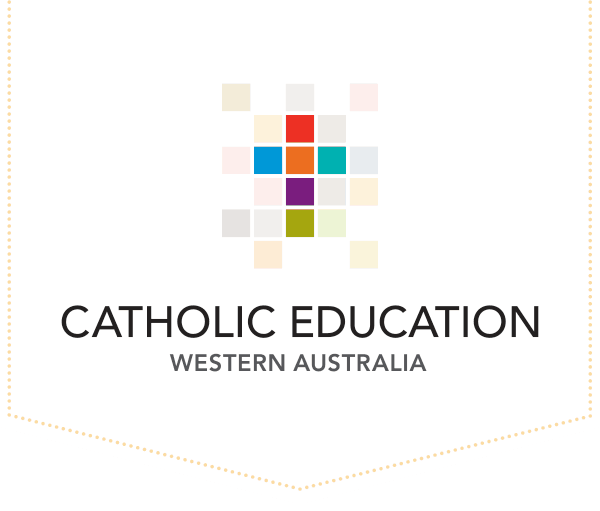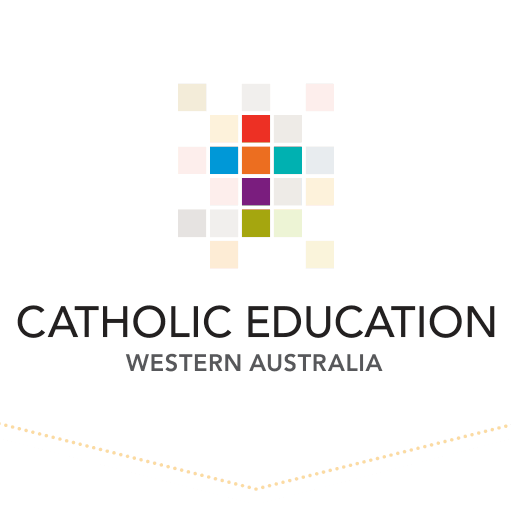Fair funding for Australia’s second-largest education provider
02 May 2019
Education is an important topic at every election. It is therefore hugely beneficial for anyone involved in Catholic schools in any capacity to understand key issues, especially how schools are funded, according to the National Catholic Education Commission (NCEC).
The NCEC recently published a page on its website dedicated to providing relevant information about the upcoming Federal election along with the Commission’s campaign to highlight the needs of Catholic schools. Regularly updated, the page has news and details about the policies which will affect Australia’s 765,000 Catholic school students and their families.
Collectively Catholic schools are the nation’s largest provider of primary and secondary education after public systems, and today Australia’s 1750 Catholic schools educate one in five students and employ more than 96,000 people.
The key issues for the NCEC ahead of the upcoming Federal election are:
- increased capital funding
- more resources for early childhood education
- religious freedom in schools
The NCEC has prepared two easy to follow factsheets on school funding and other matters.
Many people ask why governments fund non-government schools. The NCEC has offered the following reasons:
- Affordable choice: A school education costs more than $11,000 per primary student and more than $14,000 per secondary student each year, regardless of sector. Most Australian families could not afford this cost, especially if they have two or more children. There would be no real educational options in Australia if only wealthy families could afford to choose.
- It’s fair: All families pay taxes and therefore deserve some taxpayer support of their children’s education. Fairly funded non-government school sectors ensure families can afford a school that reflects their values and beliefs – an important feature of a pluralist society.
- It shares the load: One-third of Australia’s 3.9 million students attend a non-government school. Government schools are already stretched in many areas. Without non-government schools, taxpayers would need to build (or buy) and staff enough schools to accommodate an extra 1.3 million students.
- Healthy competition: Given that schooling is compulsory, it is sensible to have a network of affordable schools to provide educational options.
- Taxpayers save: On average, Catholic school communities pay almost 30 per cent of the annual cost of their children’s education and almost 90 per cent of capital works. In 2017, our schools raised $3.6 billion in fees and $1.27 billion in capital costs – a huge saving to taxpayers.
- Taxpayers fund non-government activities: Governments also fund other private sector activities that have social benefits and high underlying costs such as GP visits, medicines, hospitals, aged care, child care and private bus services. All schools are a public good and deserve support.
For further information and election updates, subscribe to the NCEC’s This Week in Catholic Education newsletter.




